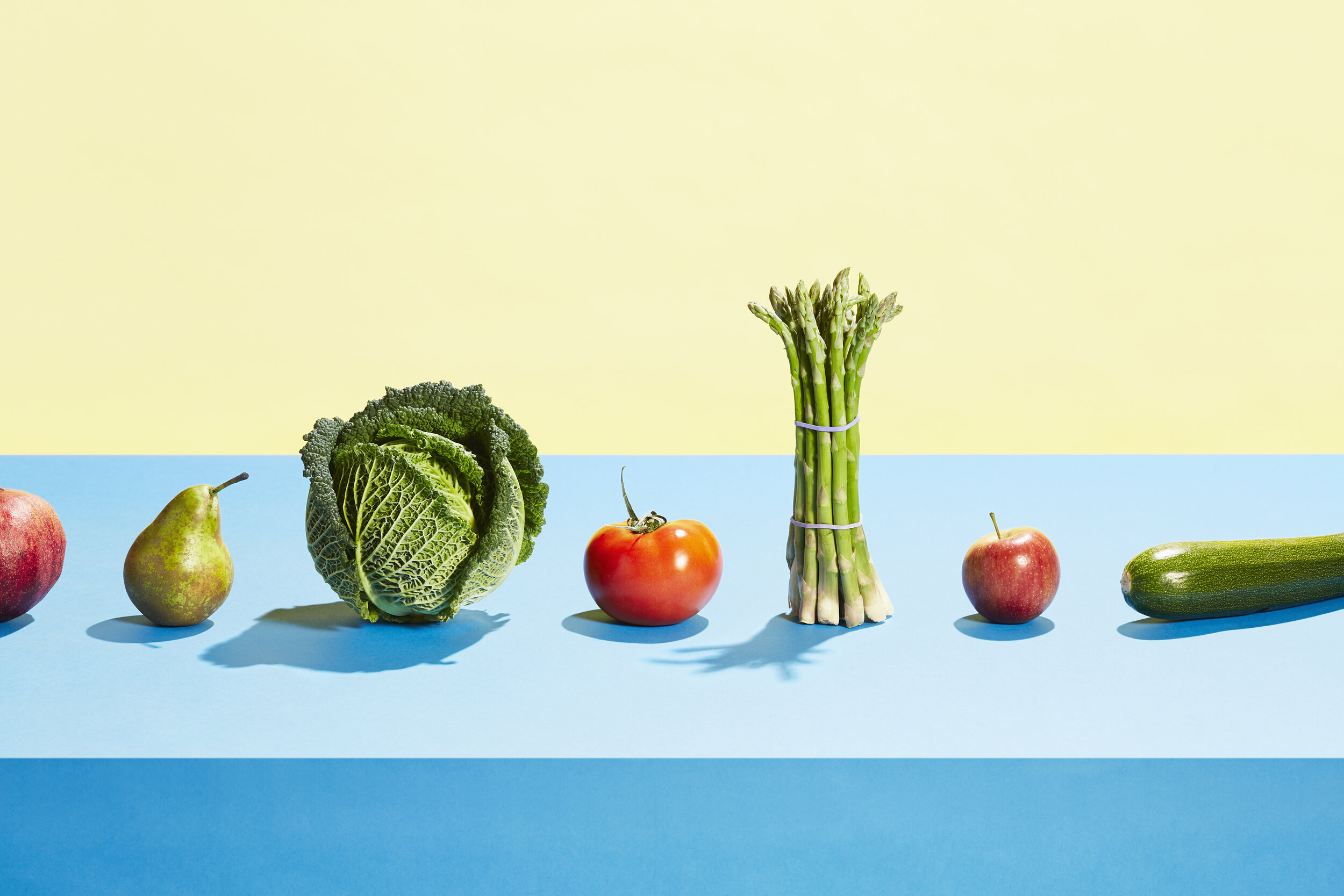Developing healthier eating habits has many benefits, including improved health, more energy, a smaller waistline, and better sleep. However, a common problem is fitting these healthy habits into your budget. Fresh produce (especially organic) can be pricey, and not everyone has time to make healthy, home-cooked meals every day. But with some saving and smart planning, nutritious meals can easily become part of your lifestyle.
1. Plan meals and a budget ahead of time
The first step to getting the most bang for your buck when it comes to healthy eating is having a game plan. Decide what foods you’d like to eat and what you can afford. Once you outline a budget – stick to it! It can be easy to go on a supermarket spree and buy beyond your means, and then feel like a healthy lifestyle isn’t affordable. But by shopping the sales and having a set plan for what you’ll be cooking this week, you’ll be able to enjoy whole (non-processed) foods without busting your bank account.
2. Cook at home
Cooking at home is both the easy and the hard part. If you’re not used to cooking, it can seem intimidating. You may also find you don’t have all the equipment you need. Luckily, you can get started on countless healthy recipes with just a baking sheet and some olive oil. If you have a slow cooker, you have even more options. Cooking in bulk for the week saves time and relieves the pressure to figure out what you’re eating when you’re busy with work, school, or kids. The other benefit of cooking for the week at home is leftovers! Don’t feel like you need to have a unique meal every time you sit down to eat. Choose 2-4 options and cycle those through the week.
3. Visit farmer’s markets
A great option for produce at a great price is shopping at farmer’s markets. Most cities have their own or one nearby, and you can buy fresh fruits, vegetables, and even coffee and baked goods from local sellers. You’ll be supporting small businesses and also getting great deals on more items than you’d find at your local grocery store.
4. Make coffee at home
A latte once in a while is a great treat, but should probably be kept to a minimum not only because of the excess of calories in dairy and sweeteners, but because they’re just not cost-effective. Meanwhile, brewing coffee at home lasts longer, is more affordable in the long run, and also gives you control of the amount you drink and the strength. A regular coffee pot will do the trick, but if you want to experiment with how coffee can taste, look into a French press or pour over system for an interesting, manual method. Any way you brew it, you get great java every day at a fraction of the price!
5. Only buy what you need, especially with meat and produce
You’ve bought what you want to eat this week, you’re excited to get cooking… and then you realize 5 cucumbers and 10 avocados may have been a bit of a tall order. When you start buying fresh whole foods you’ll have to remember they don’t have the shelf life of frozen or processed foods. With no preservatives or chemicals, all the delicious, nutritious produce and meat you’ve purchased will go bad within the week if not prepared soon after its bought. Be intentional with how much you buy. For meat in particular, you can often score deals buying in bulk. If you choose this route, separate what you’ll be cooking first, and freeze the rest for later.
Getting started with healthier eating habits can be tricky! But after a couple of weeks, you’ll realize that it’s pretty easy when you keep things simple, make a plan, and only purchase what you can cook in the next week. Happy eating!






